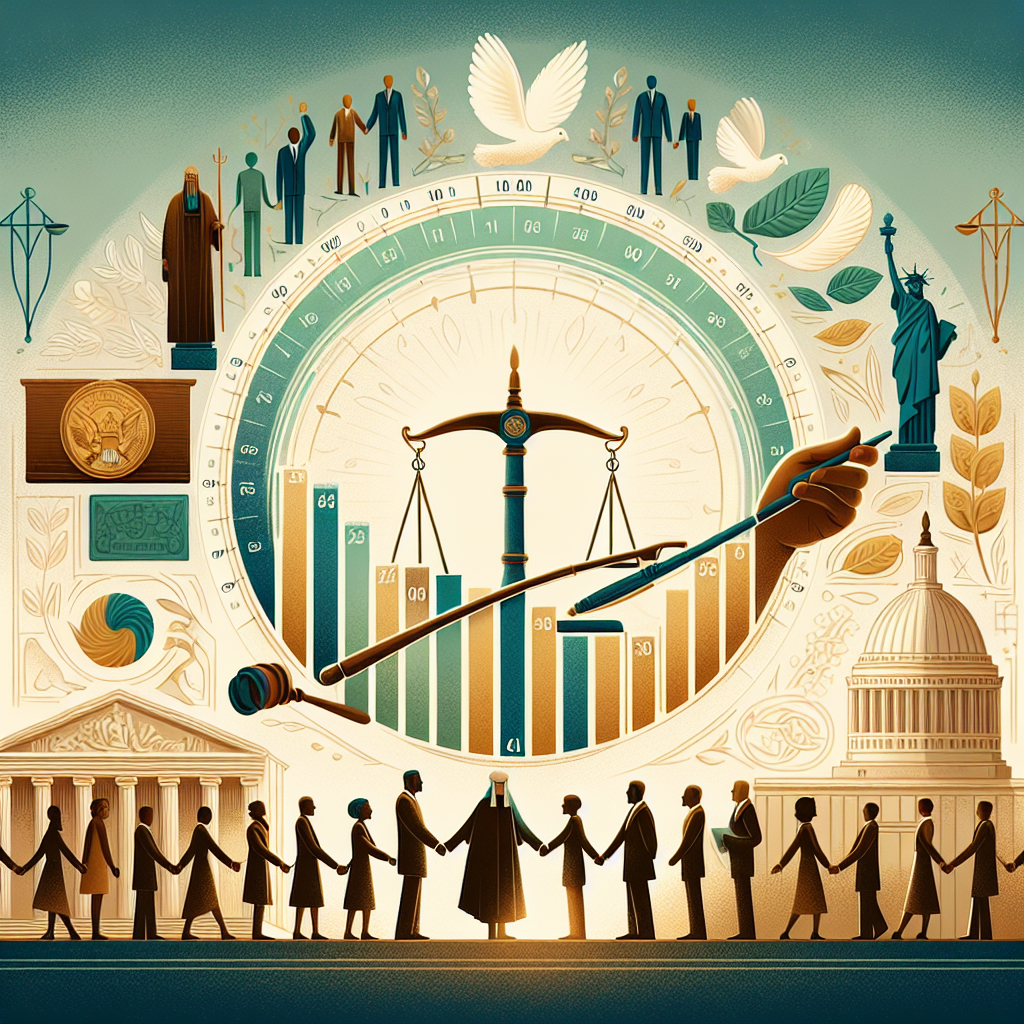Exploring the Dark Side of Famous Historical Figures
History is often taught as a series of glorious achievements and heroic deeds. However, when we peel back the layers, we find that many revered figures also have a darker side. In this blog post, we will explore the complexities of these renowned individuals, considering both their contributions and their controversies.
Table of Contents
1. Introduction
2. Alexander the Great: A Conqueror’s Ambition 🎖️
3. Thomas Jefferson: The Paradox of Freedom and Slavery ⚖️
4. Winston Churchill: The Lion with a Shadow 🦁
5. Conclusion
6. FAQs
Introduction
History is a tapestry woven with both light and shadow. While many figures are celebrated for their remarkable achievements, these same individuals often harbor aspects of their lives that are less than admirable. The intention of this exploration is not to diminish their accomplishments but to provide a more nuanced understanding of their legacies.
Alexander the Great: A Conqueror’s Ambition 🎖️
Alexander the Great is often remembered as a brilliant military leader who created one of the largest empires in ancient history. His strategic prowess and visionary leadership are undeniable. However, there’s more to his story than just his victories on the battlefield.
While Alexander’s conquests spread Greek culture and influence far and wide, they also brought about immense suffering. Entire cities were razed, populations were displaced, and countless lives were lost. His ambition knew no bounds, leading to ruthless actions that prioritized expansion over human life. Furthermore, his empire, though vast, was short-lived, quickly fracturing after his death, raising questions about the sustainability of his legacy.
Thomas Jefferson: The Paradox of Freedom and Slavery ⚖️
Thomas Jefferson, one of the Founding Fathers of the United States and the principal author of the Declaration of Independence, is a symbol of liberty and democracy. His eloquence in expressing the ideal of “all men are created equal” has inspired generations. Yet, his life was rife with contradictions.
Jefferson was a lifelong slaveholder, owning over 600 slaves throughout his lifetime. This stark contrast between his public advocacy for freedom and his private actions has sparked intense debate and reflection. His relationship with Sally Hemings, an enslaved woman at his estate, further complicates his legacy. These complexities highlight the tension between the ideals and realities of the era, prompting a reevaluation of Jefferson’s place in history.
Winston Churchill: The Lion with a Shadow 🦁
Winston Churchill is celebrated for his leadership during World War II, particularly his role in rallying the British people against Nazi Germany. His speeches are legendary, embodying defiance and resilience. However, his career and policies also had their darker aspects.
Churchill’s views and policies on imperialism and race reflect attitudes of his time that are now widely criticized. His involvement in the Bengal famine of 1943, where millions perished, has been scrutinized for his government’s inaction and his dismissive remarks. These aspects of Churchill’s life remind us that even those who play pivotal roles in history can have deeply flawed sides.
Conclusion
Exploring the dark sides of famous historical figures can be uncomfortable, yet it is essential for a well-rounded understanding of history. These individuals, like all humans, were complex and multifaceted. By acknowledging their flaws alongside their achievements, we gain a deeper appreciation for the intricate tapestry of the past.
FAQs
1. Why is it important to explore the negative aspects of historical figures?
Understanding the full scope of a historical figure’s life, including their flaws, provides a more nuanced and accurate depiction of history. It also helps us learn from past mistakes and understand the complexities of human nature.
2. How can we reconcile the achievements and controversies of these figures?
Reconciliation involves acknowledging both the positive and negative aspects of a person’s legacy. It requires critical thinking and empathy to understand the context in which these individuals lived and acted.
3. Are there modern figures who might also be viewed with this dual perspective?
Absolutely. Many modern leaders and influential figures may also have aspects of their careers and personal lives that are controversial or complex. As with historical figures, it’s important to consider them holistically.
4. How can I learn more about the darker sides of historical figures?
Reading biographies, scholarly articles, and historical critiques can provide deeper insight into the complexities of these individuals. Visiting museums, watching documentaries, and engaging in discussions can also enhance understanding.





Leave a Reply
You must be logged in to post a comment.